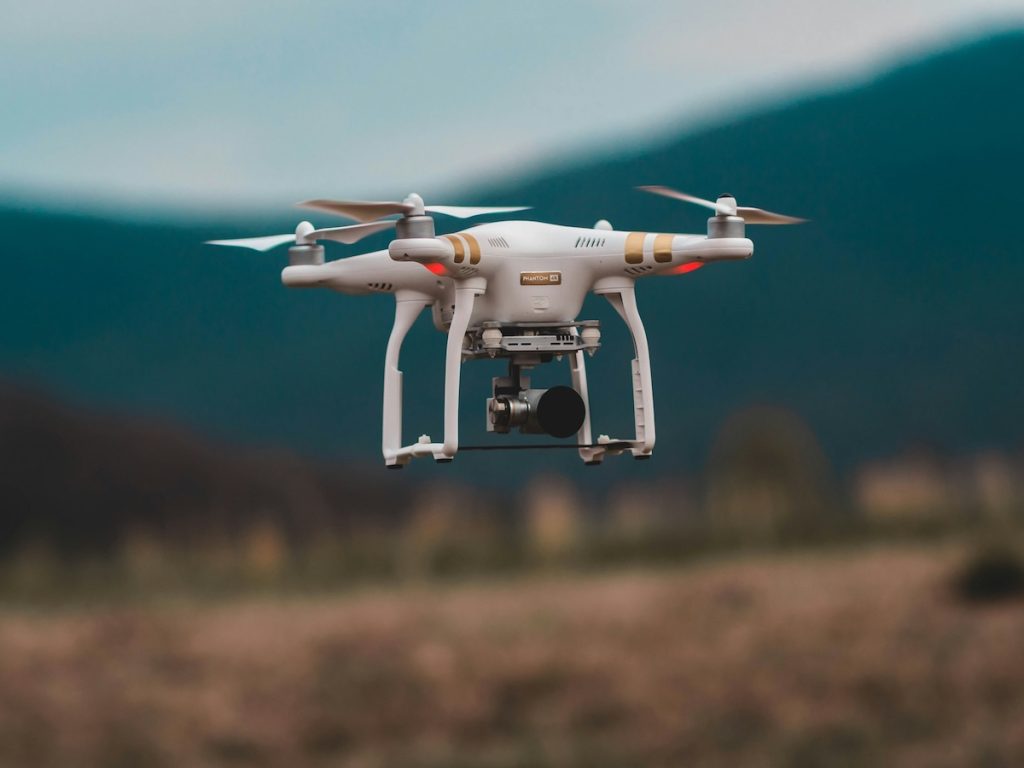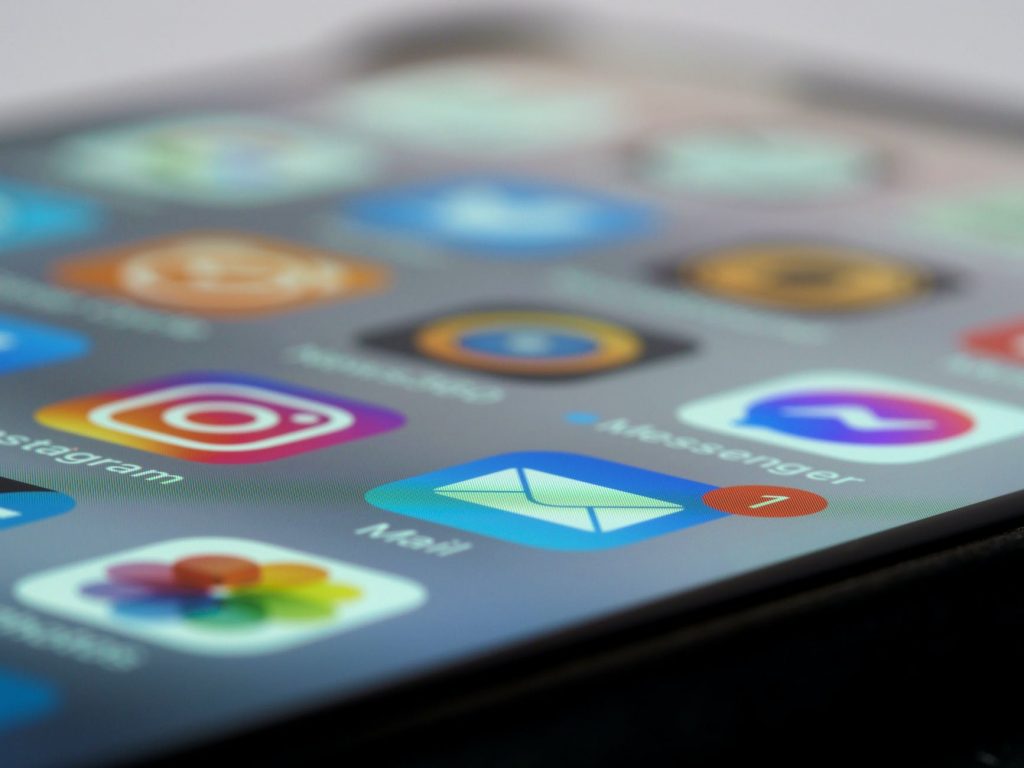These days, technological developments are affecting almost every area of our lives. They enhance universal TV remote control efficiency and help with the development of specialized drones. The latter were once confined to military applications, yet now they’ve entered the commercial sector. In this article, we explore some of the many ways drones are making their mark in the world of industry.
Table of Contents
Agriculture
Thanks to scientific advancements, we now have precision farming. Drones can be equipped with special cameras and sensors. In turn, they can provide detailed information about crop health, soil conditions, and irrigation needs. Farmers can highlight problems such as nutrient deficiencies or pest infestations early on. This opens up the way for targeted interventions and improved crop yields.
The data collected by drones helps farmers make more informed decisions regarding seeding patterns, fertilizer application, and water usage. This enhances efficiency and minimizes the use of chemicals and resources – promoting sustainability. Farmers can now buy a drone with thermal camera, mechanical shutter, and lightweight carbon fiber frame. It will be compact and foldable, and designed to gather data safely and efficiently.
Construction
Some drones come equipped with high-definition cameras and sensors. They can be used to capture detailed images and videos of construction sites, enabling accurate measurements and analyses. This real-time data helps project managers monitor progress, make qualified decisions, and identify potential difficulties before they escalate.
Drones can also provide enhanced safety benefits. They eliminate the need for workers to physically access hazardous or hard-to-reach areas during surveys. By conducting aerial inspections, drones minimize risks, while improving overall productivity on construction sites. Additionally, drone technology enables 3D mapping and modeling of terrain and structures. This facilitates better planning and visualization throughout all stages of the construction project.
Delivery Services
These unmanned aerial vehicles can revolutionize package distribution, allowing for faster and more efficient delivery options. By bypassing traditional road infrastructure, drones can reach remote locations with ease. This opens up new possibilities for businesses and customers alike.
Furthermore, the use of drones in delivery services can significantly reduce the environmental impact of transportation. Imagine a world where there are fewer trucks on the road emitting harmful greenhouse gases. Instead, drone delivery is a more sustainable option for meeting growing consumer demands. This shift helps to cut costs and contributes to a greener future for all.
Healthcare
In this realm, the expedited delivery of medical supplies can be revolutionized by the use of drones. As we said before, they’re ideal for quickly visiting remote or hard-to-reach areas. By bypassing traditional road limitations and traffic congestion, drones can potentially save lives in emergencies.
Drones can navigate through challenging terrains with precision and speed. This allows for rapid response times and swift access to critical supplies. Think about disaster-stricken regions or areas experiencing humanitarian crises. In these situations, medical personnel can rely on drones to quickly deliver life-saving medications, blood samples, or equipment.
Entertainment And Media
These industries have been revolutionized by the integration of drones in photography and filmmaking. These aerial machines can provide filmmakers with breathtaking shots previously impossible to capture. Drones can be maneuvered in intricate ways, which unlocks endless creative possibilities.
Drones have simplified the process of capturing high-quality images and videos. As a result, this makes it more accessible to creators across different skill levels. This democratization of photography and filmmaking has led to a surge in unique content being produced. Boundaries are being pushed and new standards are being set for visual storytelling. As drones continue to evolve, we can expect even more groundbreaking innovations – changing the future of entertainment and media as we know it.
Conservation
Environmental monitoring and conservation efforts have been significantly enhanced by the use of drones. They can be utilized to survey vast areas of land quickly and efficiently. They can provide valuable data on deforestation, biodiversity, and climate change. By capturing high-resolution images and data from hard-to-reach locations, drones are empowering scientists and researchers as never before. This enables them to make educated decisions on protecting our planet’s ecosystems.
Drones can possess real-time monitoring capabilities. This enables immediate responses to be made to environmental threats (such as illegal logging or poaching activities). Conservation organizations are using this technology to track wildlife populations, monitor habitat health, and enforce protective measures in remote regions. Drones help us better understand our impact on the environment, so we can work towards more sustainable solutions.
Industries And Organizations Dedicated To Safeguarding Communities
Public safety is a critical area where drones are making a significant impact. They’re being deployed for search and rescue operations, disaster response, and law enforcement activities. Earlier, we mentioned drones equipped with thermal imaging cameras. They can locate missing persons in remote areas quickly and efficiently – ultimately saving lives. In addition, law enforcement agencies are using drones for surveillance during large public events. They can serve to enhance security measures and prevent potential threats.
The use of drones in public safety isn’t without controversy, however. Concerns about privacy invasion and data protection have been raised. It’s therefore crucial to implement strict regulations and guidelines around drone usage. They need to be used responsibly and ethically when safeguarding the public.
Architecture, Engineering, Telecommunications, Etc.
Surveying and mapping have traditionally been a labor-intensive process (requiring teams of surveyors to cover vast areas manually). However, drones can now come equipped with high-resolution cameras and sophisticated mapping software. In turn, this can efficiently capture detailed aerial images and data.
This has increased the speed of surveying and mapping, and has significantly improved accuracy levels. Industries such as construction and urban planning have benefited greatly from the use of drones. They can quickly assess terrain, track changes over time, and create 3D models. In turn, this has opened up new opportunities for innovation and efficiency across various sectors.
It’s now abundantly clear that drones are revolutionizing multiple industries. They can enhance safety and data collection, access remote areas, and deliver real-time insights. The integration of drones into more industries is inevitable, but we need regulatory bodies to ensure safe and ethical drone usage.


